Kiefer / Van Gogh at the Royal Academy of Arts
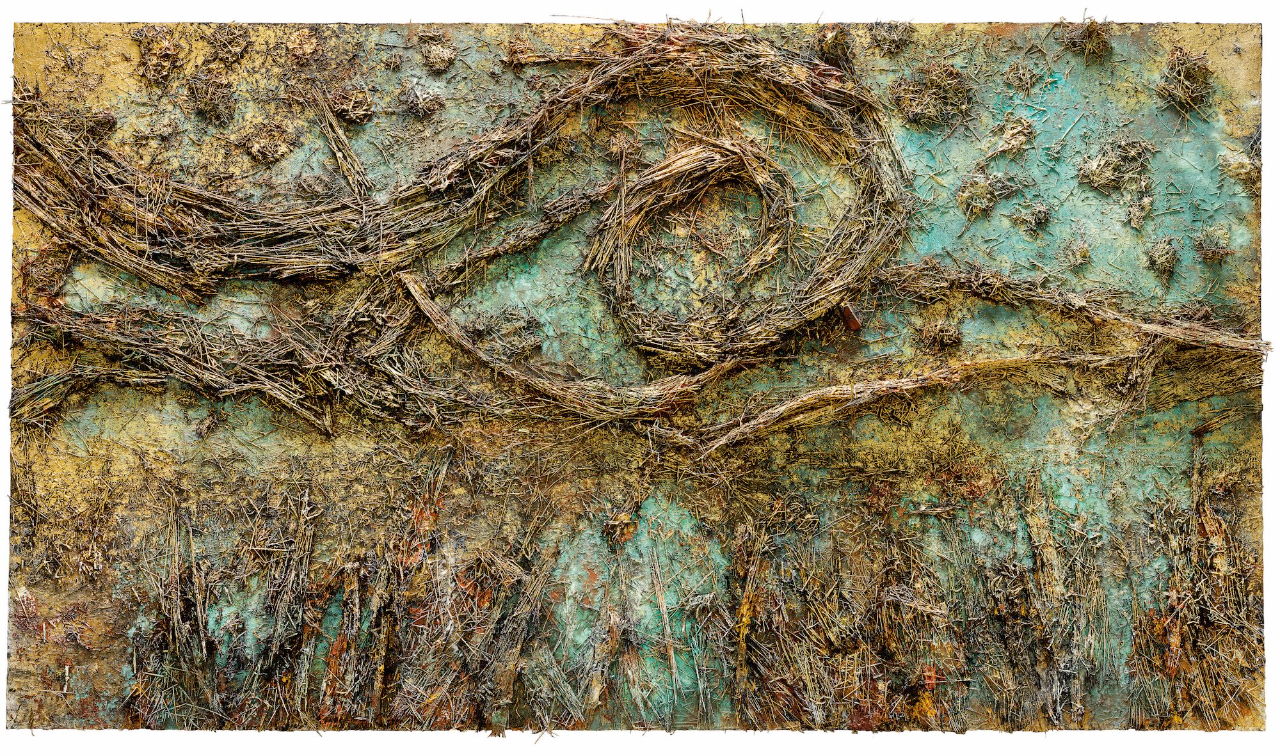
The renowned contemporary German artist Anselm Kiefer and Vincent Van Gogh do not immediately strike one as natural kindred spirits. Born 91 years apart – Kiefer recently turned 80 – each man’s chosen media alone would appear on the face of it to set them worlds apart. Over his six-decade-long career, the German has used everything from paint to gold leaf and straw in his vast pictorial works, laden physically and metaphorically with the weight of both historical and literal reference. Those characteristically vivid canvases of Van Gogh with their urgency of impasto are, of course, solely rendered in traditional oil paint. From a thematic perspective, too, the artists would appear to have a gulf between them, and yet it emerges that Kiefer, as an 18-year-old, used a bursary to reprise the Post-Impressionist pioneer’s journey to Arles. Now the Royal Academy, which elected the German as an honorary member in 1996, are for the first time exhibiting these two giants together with the objective of prizing out affinities.
A trawl through Anselm Kiefer’s statements over the years reveals the depth of his engagement with Vincent Van Gogh. He also admires the Dutchman’s perseverance, remarking: “Van Gogh defies every setback; he does the impossible, he does not give up.” Stepping into the Gabrielle Jungels-Winkler Galleries at the RA, one is confronted, perhaps inevitably, by sunflowers but not those iconic images by Van Gogh. Over four decades after what Kiefer has dubbed his “initiation journey” in homage to his hero, one finds him creating Hortus Conclusus (2007-14). In this colossal collage of woodcuts on canvas, the German portrays a beleaguered figure lying down in a field of enormous sunflowers. Both artists regard this majestic bloom as symbolic of the cycle of life, but while the Dutchman’s sunflowers positively erupt with vitality, Kiefer’s are scorched pitch black and drooping forlornly.
Looming opposite can be found an archetypally vast, intense work by the contemporary artist. The Crows (2019) clearly references Van Gogh’s Wheatfield with Crows (1890), the latter wrongly claimed by Hollywood’s Lust for Life to be the doomed the artist’s final picture. The 19th-century painter’s work (not on display) conveys a sense of loneliness and impending if not doom, then crisis. There’s unquestionably menace to be found in the Kiefer homage. His field, caked in actual clay, resembles in its splurge of greys and browns some hellish battlefield where troops have yet to trample down the great clumps of real straw strewn all over the surface by the artist. A gold leaf sky is filled with a chilling squadron of crows, more a massacre than a murder. Displayed nearby is Kiefer’s Evermore, where equally as sinister ravens reference Edgar Allen Poe’s 1845 poem, The Raven. Below them, streaks of overlapping corn seem to rage against each other. As for Van Gogh himself in this opening room, only one work makes an appearance, his small, by his standards rather muted canvas, Piles of French Novels (1887). The Dutchman’s letters to his brother Theo attest to how well-read he was, frequently mentioning book titles. Parallels are clearly being drawn with Kiefer, whose practice has long been marked by references to literature, philosophy and science.
1963 saw the teenage Kiefer following the great Post-Impressionist’s footsteps across the Netherlands, Belgium and Paris before finally reaching the southern French town forever etched into art history, Arles. In the next room here, the visitor encounters drawings made by the German during that formative trip. In his youthful enthusiasm, Kiefer attempts to imitate Van Gogh’s bold, angular style but without a great deal of success. Sketch book drawings like Kiefer’s two portraits – one of 12-year-old Edith Causse in Arles, and one of Mr Dumont in Fourques underline his commitment to learning all he can from his hero. The diary he kept on the journey – extracts of which are accessible at the RA – finds him acknowledging, “I still haven’t developed my own style. I keep ending up borrowing from Van Gogh, since I’ve studied his drawings in such detail.” A featured 1884 pencil and ink drawing by the Dutchman shows him following the tradition among his countrymen of depicting country lanes and tree-lined roads. The lone figure in the foreground seems to be frozen in thought in a long avenue of slender poplars.
Despite the lack of Van Gogh big-hitters, there are some memorable drawings and small paintings by the great man in the current exhibition’s second room. The small canvas, Sunflowers Gone to Seed (1887), would surely have resonated with Kiefer. Here, Van Gogh’s iconic subject he invested on other occasions with so much vitality, is seen draining of colour, dead and drying. Elsewhere, Snow Covered Field with a Harrow (1890) finds Van Gogh himself paying homage to the Barbizon school landscapist, Millet. A lone broken plough might be read as a metaphor for a sense of human abandonment in a scene dominated by the coldest of blues. Those crows again lurk above the horizon. Another work from 1890, the last year of Van Gogh’s life, Poppy Field was painted near the town of Auvers-sur-Oise, where the artist lived for his final three months. A sea of red bloom energised by thick dabs of pigment is given depth by a verdant horizon of trees. Something about the turbulence of the white and blue strokes in the sky, along with the incursion of darker marks on each side, warns of an impending storm. In retrospect, the painting might be seen as prophetic of the artist’s demise.
Over the course of his career, Anselm Kiefer’s huge canvases have markedly deployed elements one associates with Van Gogh: a distant horizon, deep panoramas and painterly surface texture. Born in the final year of World War II, the German has often sought to consider his nation’s processing of its Holocaust culpability. The residue of that conflict has long seeped into his practice. The final room of the RA exhibition is dominated by more colossal works by the artist, evocations of trauma, the life cycle, with traces of melancholy. Kiefer’s Eros and Thanatos (2013-19) draws on Freud’s psychoanalytic theory, which offers the paradox that life and death, rather than being opposing forces, are in actual fact intertwined parts of a single reality. A real scythe projects out of the surface covered in shellac, gold leaf and metal wire, simultaneously symbolising the harvesting of ripened corn to bring life and the mowing of the Reaper. Opposite, The Last Load, depicting a burning field, carries particular existential threat at this time of heightened world tensions. The human is absent but inferred, as is the case with the lone Van Gogh work in this final chapter of the show, Shoes (1886). Worn out and apparently abandoned, they are read by Kiefer to be both relics of past journeys and symbolic of the future.
Throughout, the curators Julien Domercq and Natasha Fyffe emphasise that the two artists are connected by their shared love of literature. Kiefer’s lead sculpture, Danaё (2019) features what resembles a particularly elongated sunflower masquerading as a beach shower, its head drooping forlornly. Below, gold fragments have been scattered over a weighty pile of lead books. The artist may well be referring to the Greek myth “Danaё” when Zeus, having fallen in love with the eponymous heroine who has been imprisoned by her father, King Acrisius of Argos, overcomes her prison walls by turning himself into a shower of gold, leading to the conception of Perseus.
The exhibition is brought to an impressive conclusion by Kiefer’s vast The Starry Night (2019) that takes up an entire wall here. Sadly, the celebrated Van Gogh 1889 masterpiece it sprung from remains in the Museum of Modern Art in New York. Kiefer’s work borrows the original’s distinctive swirling nightscape motif, centering on a spinning star made of straw. Set against a blue sky, the image is recreated in accretions of straw, paint, gold leaf, wood and wire. Kiefer’s recurring themes of memory, history and trauma could be said to resonate with Vincent Van Gogh’s own struggles. Not all artistic pairings convince here, and some of the supposed commonalities drawn strike one as tenuous, but that does not detract from an intriguing juxtaposition.
James White
Image: Anselm Kiefer, De sterrennacht (The Starry Night), 2019. Courtesy of the Artist and White Cube. Photo: Georges Poncet. © Anselm Kiefer
Kiefer / Van Gogh is at the Royal Academy of Arts from 28th June until 26th October 2025. For further information or to book, visit the exhibition’s website here.

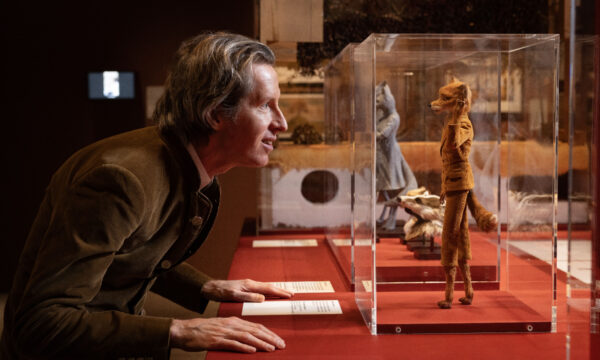
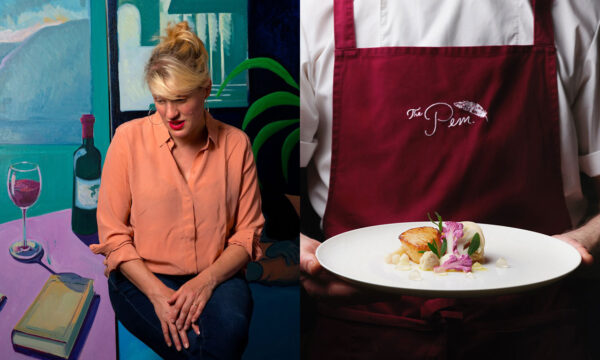
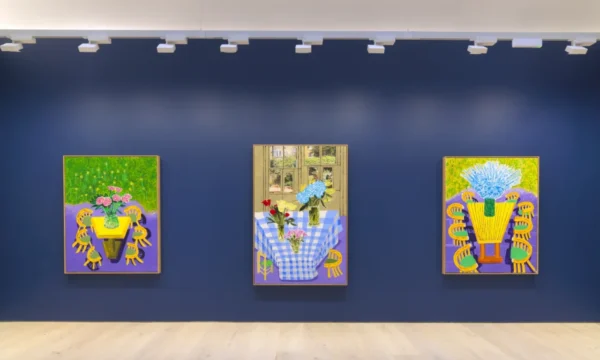
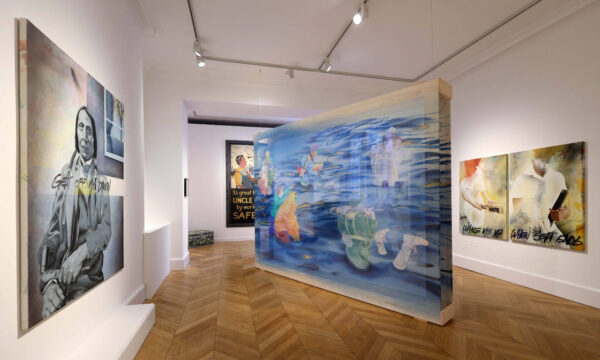
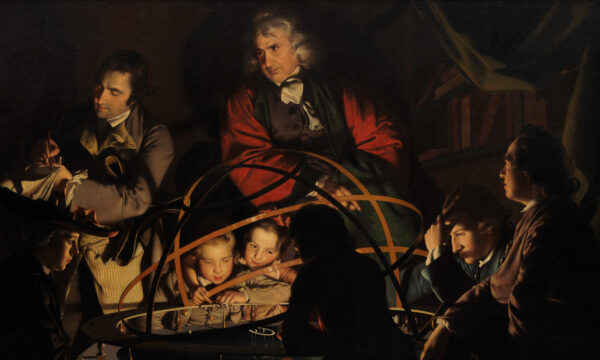
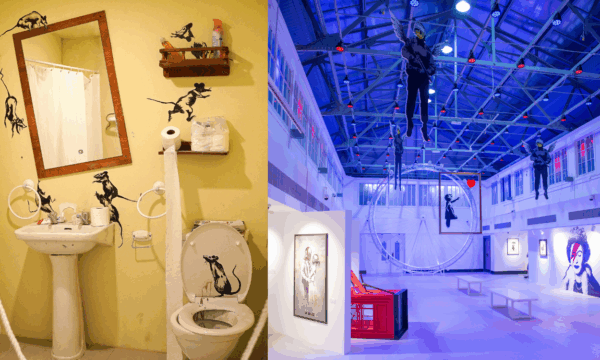

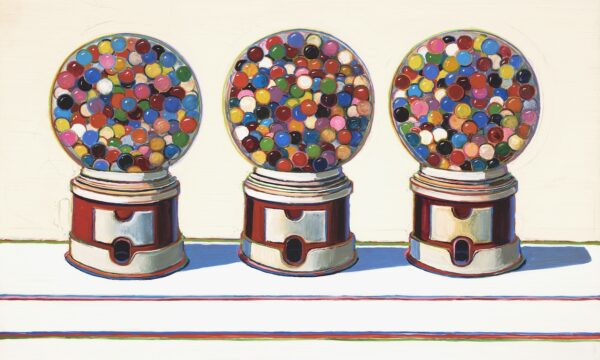
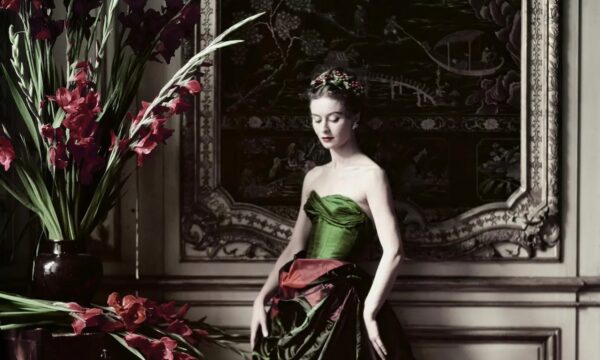
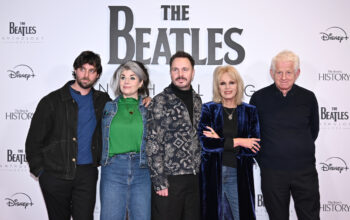


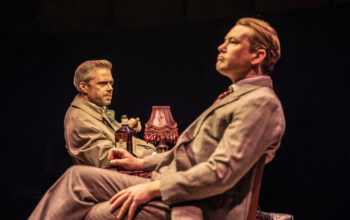


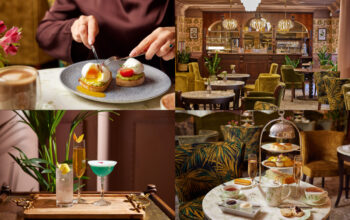
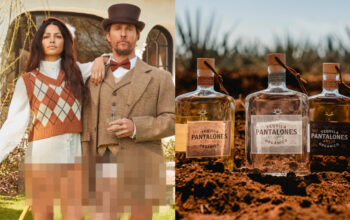
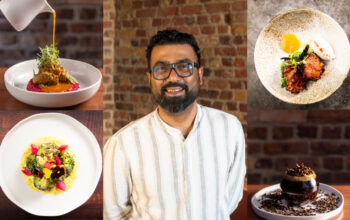
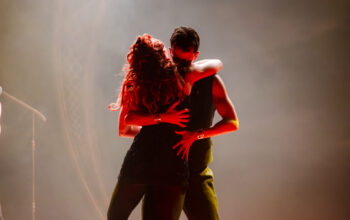





Facebook
Twitter
Instagram
YouTube
RSS